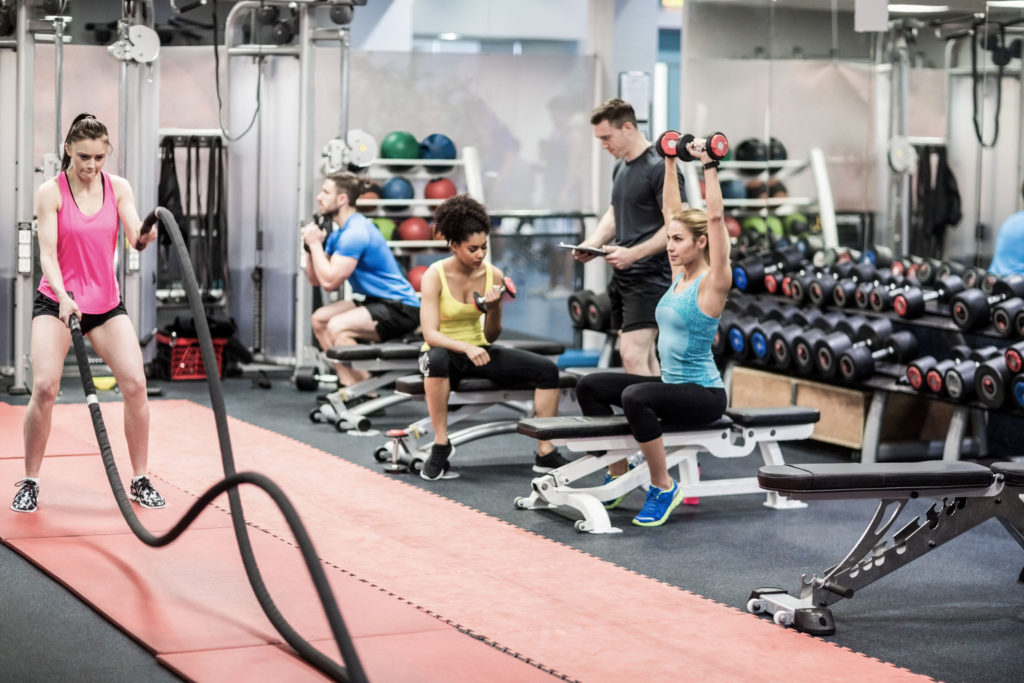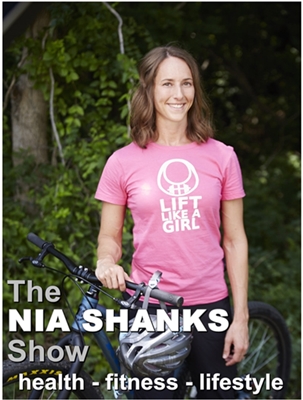Today see’s the return of a TG.com OG…George Kalantzis.
George is a long-time friend and colleague of mine. We first crossed paths when he started as an intern at Cressey Sports Performance over a decade ago. He then transitioned to a full-time coach where he spearheaded CSP’s Strength Camps.
In the years since George has gone on to be a best-selling author, releasing his book, Nowhere to Go, late last year. It’s a treat to have George back writing on the site and sharing some important life lessons.
Enjoy!

I know this title may piss some people off, but it’s 2022, and we don’t need any more positive mantras or articles about how the Universe, or some magic plan will save us from our struggles.
Let me explain in a way that saved my life – poetry and prose:
How could your life be different if you surrendered this search?
A part of you has called you here to read to these words.
Everything changes at the touch of our fingertips. Hearts, likes, comments, and clicks. Tweets and TikTok’s, it seems like it’s all about the destination, but the journey is how you will find what you need in the school of heart knocks.
Transitions in life are inevitable. Difficult times will find you when you least expect them. The pandemic has shown the world these truths.
Yet, many people still struggle with taking responsibility for their lives. They quickly blame others and create stories to justify their choices while forgetting that most of their problems directly reflect their choices.
This isn’t me judging your way of living. I know what it’s like to search for everything more in life to get through the struggle.
This is me telling you to pay attention to your choices because every choice has consequences. And if you want to overcome challenges with adversity and live authentically, these concepts can help you tap into your true potential.
The Universe Doesn’t Give A Fuck About Your Problems
Everyone wants to feel like they belong to something. We’re coded for survival, so we seek others to make our lives easier. The problem arises when we lean too much on others for our own survival. What was once meant to be a relationship that makes life more enjoyable becomes essential, like water.
More relationships, more alcohol, more mind-numbing scrolling. We’d rather choose a life based upon validation and approval rather than one that aligns with our feelings.

That’s why many of us often struggle to find a sense of self.
But the longer we allow our story to be written by outside forces, the longer we remain trapped. We’re on a treadmill, going through the motions of living but not actually going anywhere.
Adi Da Samraj, an American spiritual teacher and writer, said, “Notice what is affecting you. In one fashion or another, through the Grace of Truth Itself, you must handle your business…”
That is to say, the more you know those moments in which you seek to run, the more you can make choices that align with your true potential. If you find yourself struggling, you only have two choices: choose to live in a life filled with excuses and blame others, or you can stop running and choose yourself for the first time.
This is the power of the Universe.
Not by magically thinking this existential force will save you from despair.
Life is A Magnificent Dance
You might think being a Marine means it’s easier for me to foster a sense of discipline, clarity, and purpose in life. But, that is far from the truth.
I’ve had to clear many personal hurdles, including almost taking my life over the last few years. To say it was a challenging few years would be undermining the amount of personal growth and pain I’ve endured.
I even published a book about it all.

Because music is the medicine of mind and soul, I believe life is a magnificent dance that invites us to be more than we can ever imagine.
But that doesn’t mean the dance is linear or easy to follow.
Every song we choose to dance with is filled with twists and turns along our journey. Even the ones that seem significant and small in our lives. These dances all add up, one by one, until we’re just a bunch of mindless bodies running around without direction or purpose.
During difficult times, the mind constantly strives to solve problems. We work all day to prevent any feelings of discomfort from creeping into our lives. We push our bodies to exhaustion. But, no matter what we do, we end up feeling more lost, unseen, depressed, and stressed to the max.
Life kind of just happens while we disconnect from our true selves with no sense of purpose and direction. But life is so fleeting when you aren’t honest with yourself.
When life presents you with unexpected challenges, I urge you to be more open to all the dances in life. Create space for yourself to check in with how you are truly feeling inside. Give yourself permission to slow down. While acceptance might make you feel lost, if you can find the courage to sit with the discomfort a little longer each day, you will find wisdom from the challenges you face.
Try these journal prompts to start and list the first thought that comes to your mind:
- The reason I struggle with slowing down is…
- What I’m afraid might happen if I slow down is…
- Moving fast is protecting me by…( it is somehow or you wouldn’t always be stressed or anxious)
- What I would like to happen right now is…
- What I think I need to happen is…
- The reason I have a hard time trusting this will happen is…
- What I could do right now to move towards that outcome is…
Create Mentors
Notice how I didn’t say find a mentor but create.
Along the way, someone told us we had to be more than what we needed. So, we forgot to love, laugh, breathe, dance, cry, and experience life for what it is. But at any given moment, the storms of life can come. They remind us that nothing in life is ever certain.
I create mentors in life because I know my journey is filled with many directions and living authentically allows me to create situations where mentors appear when I least expect them.
Tony is one of them, thanks, my friend.
Note From TG: I got you, bro
You’ll create mentors if you can teach yourself to experience life and enjoy simple things. It could be a great workout. A scoop of ice cream. A conversation with an old friend. A random date night. These are where you’ll find mentors. You don’t need to keep searching for more. You have so many mentors in life available to you right now. The only catch, you must be engaged in the dance of life.
If you can’t create or enjoy simple moments, you aren’t ready for an actual mentor. Start creating, and you’ll soon find everything you need.
Accept Your Last Breath
My dad let our family know he was slowly dying of cancer a few years ago. The disease spread into his bones and is eating away at his insides. Seeing him live through the process has been one of the most painful experiences to watch from afar.
I have seen many deaths in life, but watching him surrender to something he cannot control is a powerful reminder that our last breath can come at any time.
If we look at our experiences from this viewpoint, our last breath becomes a potent elixir to fuel our darkest and brightest days. Except sometimes, it’s hard to think about our experiences that way.
But what if we searched a bit deeper and filled our lungs with air as if it was our last breath in times of anxiety and stress? This is the gift of life and why our breath is so powerful.
We can choose to see that everything we endure serves as a vehicle to an expanded version of ourselves, or we can decide to suffocate the spaces in our bodies that need to breathe with anxiety and stress.
Either way, we are all part of a brilliant transformation occurring at this moment as we collectively search to find truth and liberation from our suffering.
People like my dad understand the power of the last breath.
They do not fear death but instead live as if something new is being born. This dance with death gives them the courage to continue living with an open heart and surrender to whatever is unfolding. Fear is useless in this dance; trusting yourself is paramount.
Our last breath doesn’t mean we stop trying to live, or give up in the face of adversity; it means we surrender to the ideas or beliefs that prevent us from breathing fully. When we accept the idea of our last breath, we can rest easy knowing we’re on our way to transcending into something greater than ourselves.
The Way To Live Authentically
I’m not here because I think I’m better than you. Nor did I write this article to get lost in a sea of internet trolls. I wrote this article to show that you don’t have to be a victim of life. You are always in control of your choices and your freedom. As you go through your life, remember to create space for yourself to breathe deeply, connect to your heart, and move with your body. These things will provide you with solace when life feels heavy.
About the Author
George is the author of Nowhere to Go, a podcast host, a decorative combat veteran, and a personal coach at the Art of Tough Transitions.
With nearly 20 years of encounters with tough transitions, George empowers men and women to live life authentically by giving them the courage to find their voice and unlock their potential. He has the unique ability to speak to people in ways that make them feel seen and heard through a combination of prose, poetry, coaching, and experience that can only be found in the school of heart knocks.
Visit George’s site HERE.




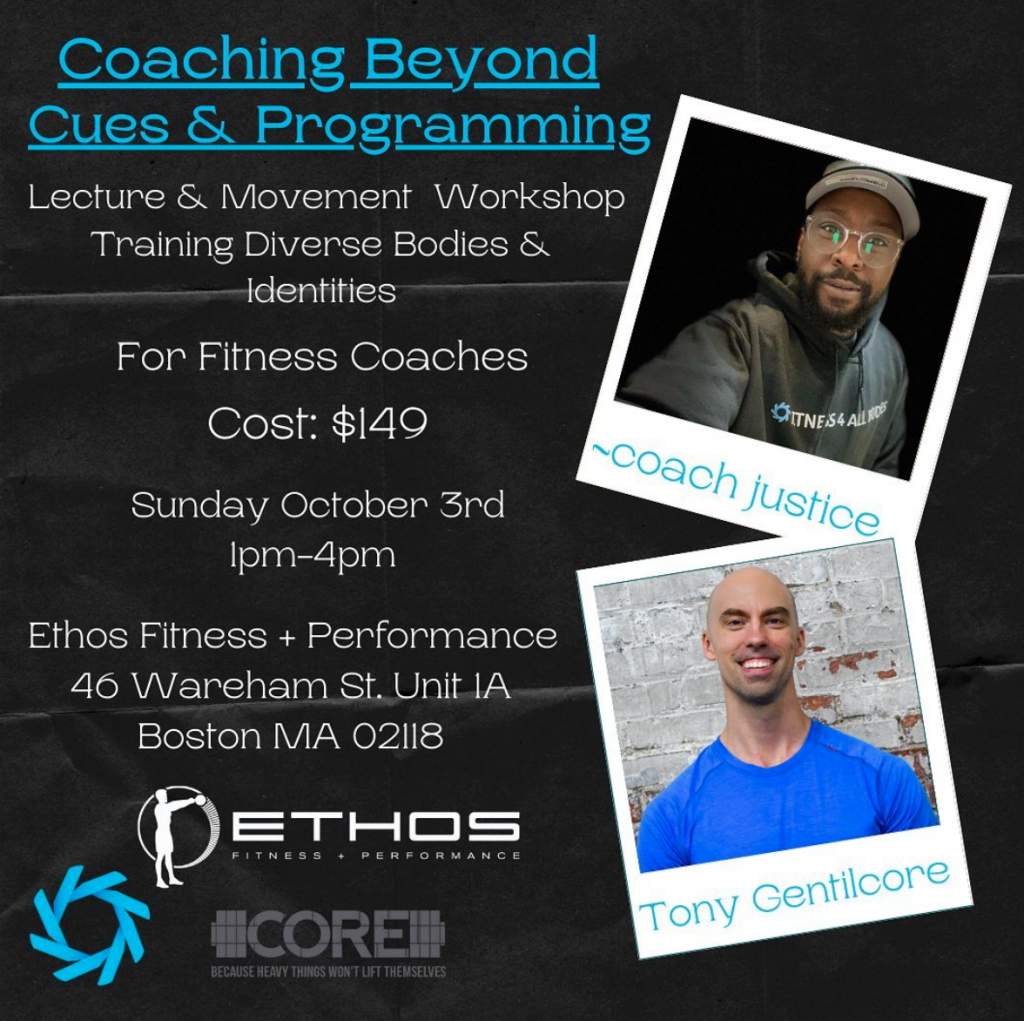
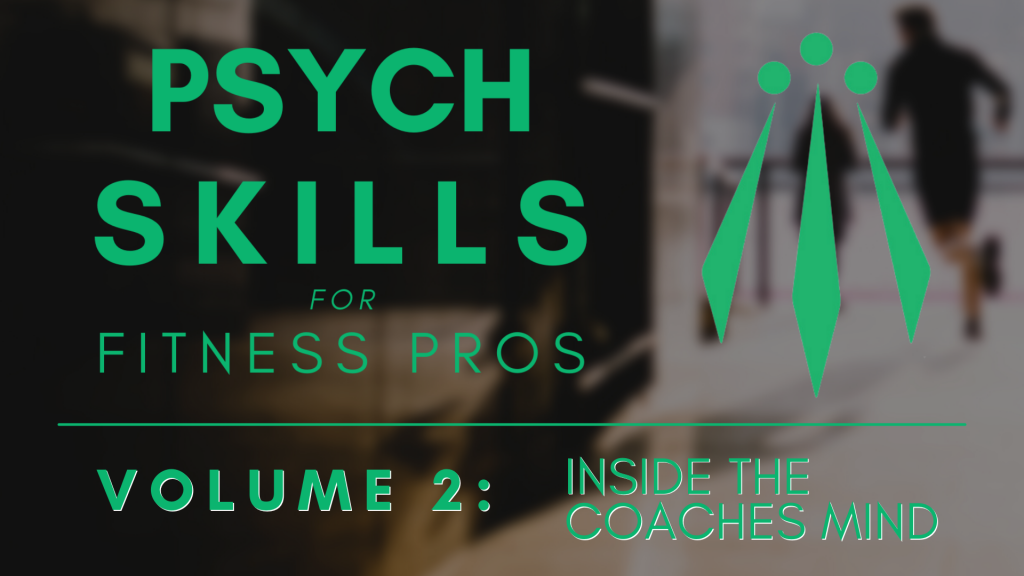






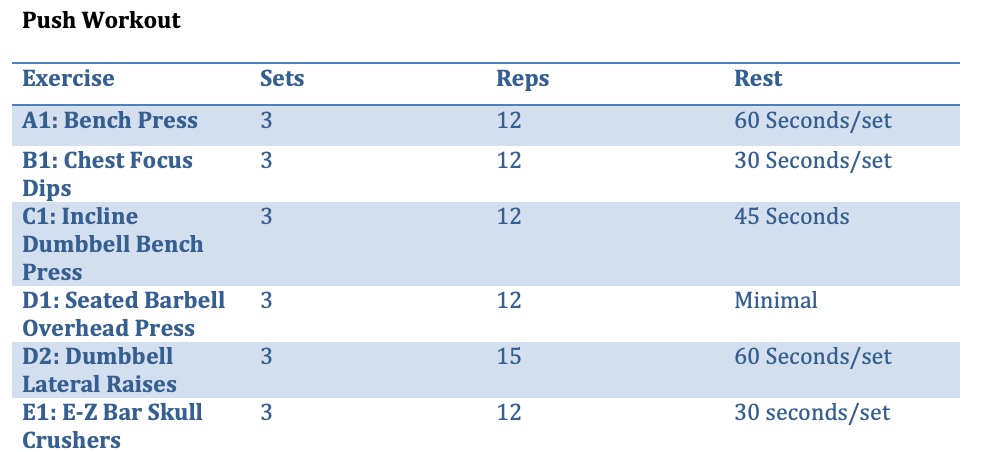
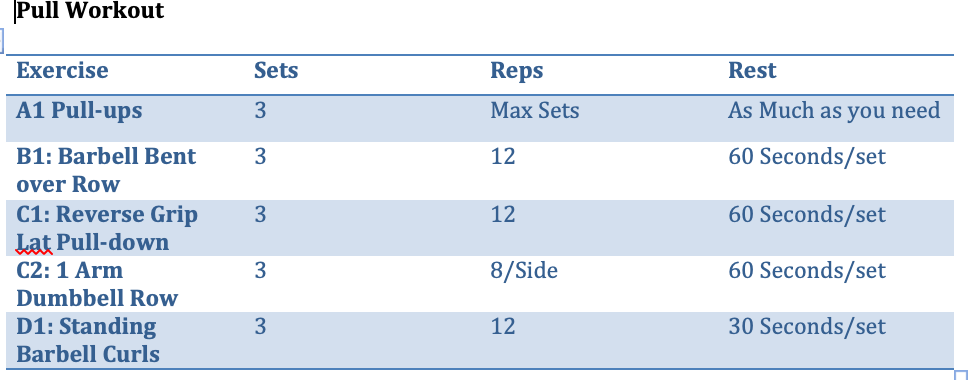

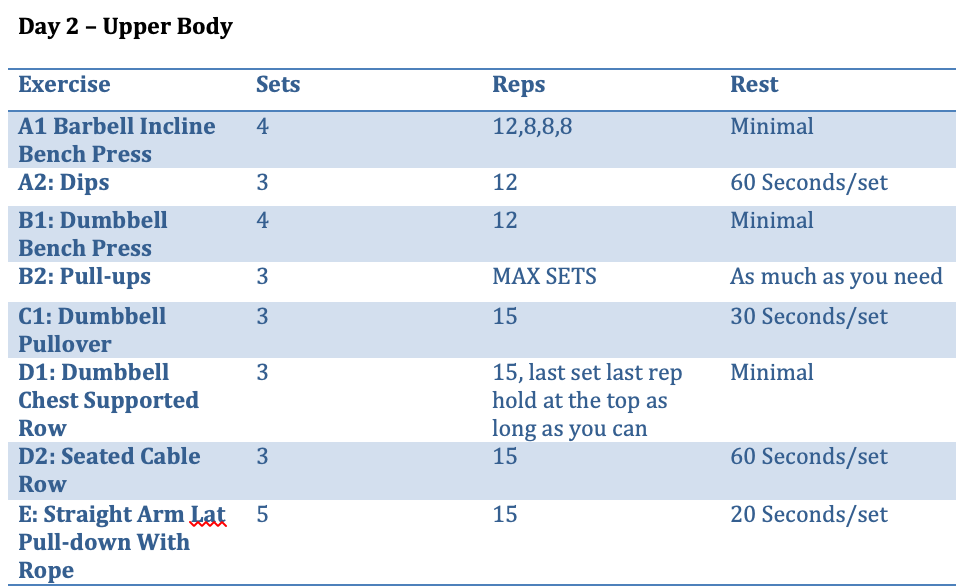
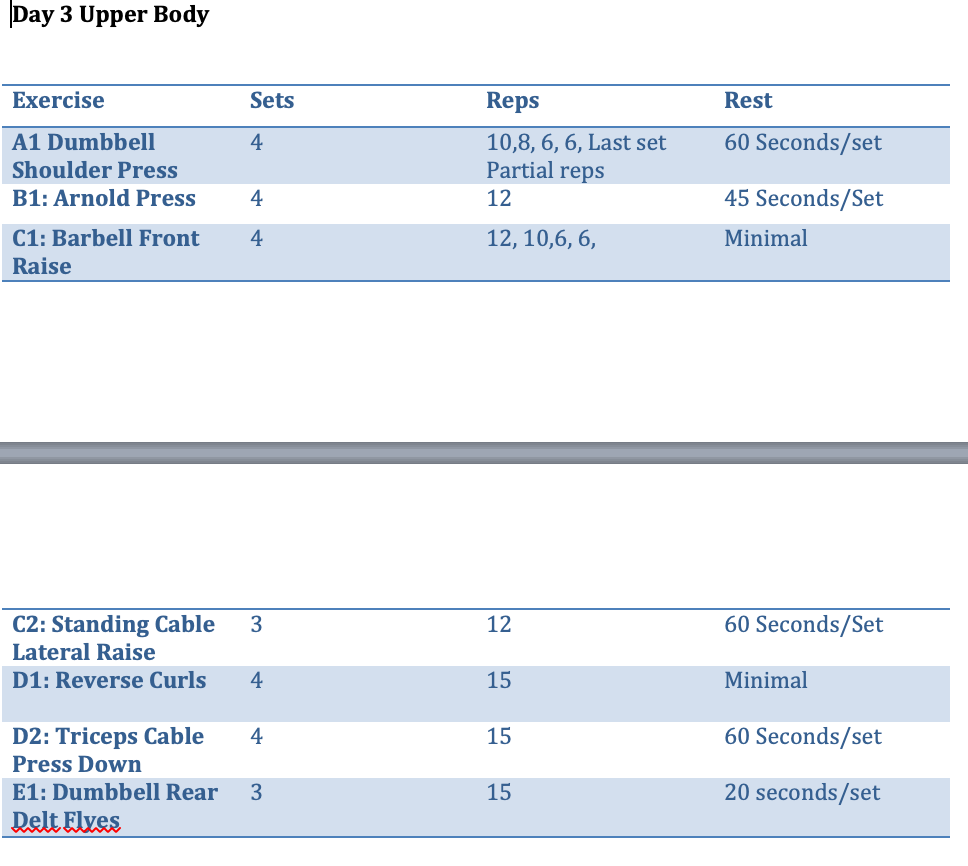
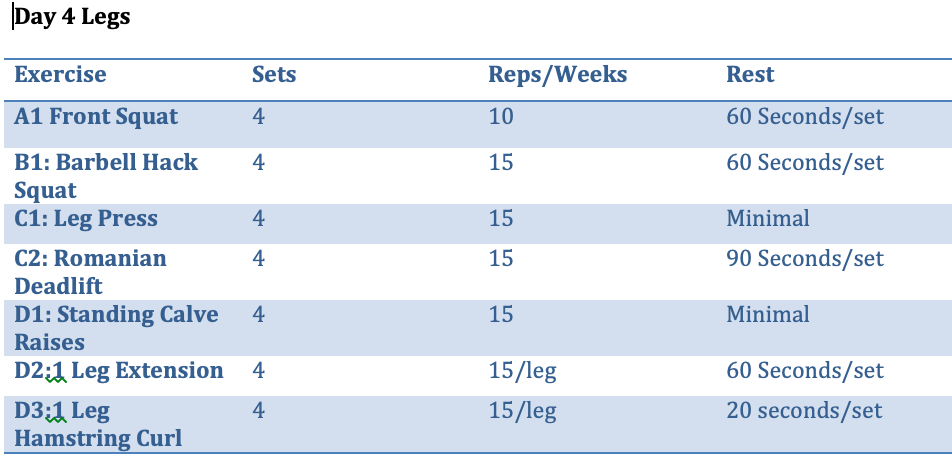
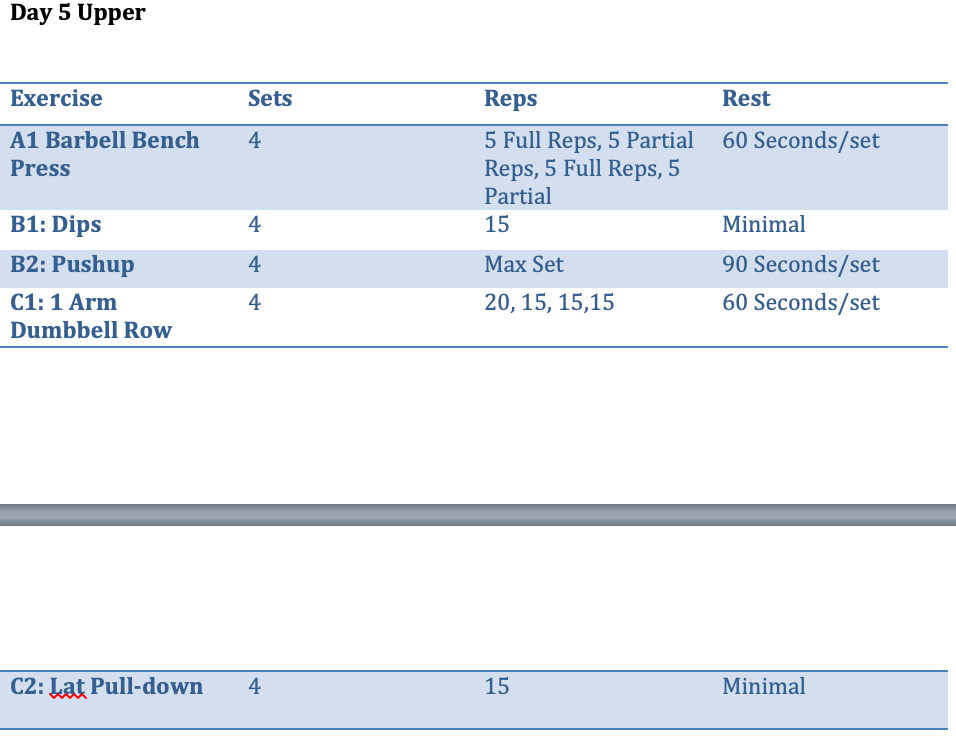



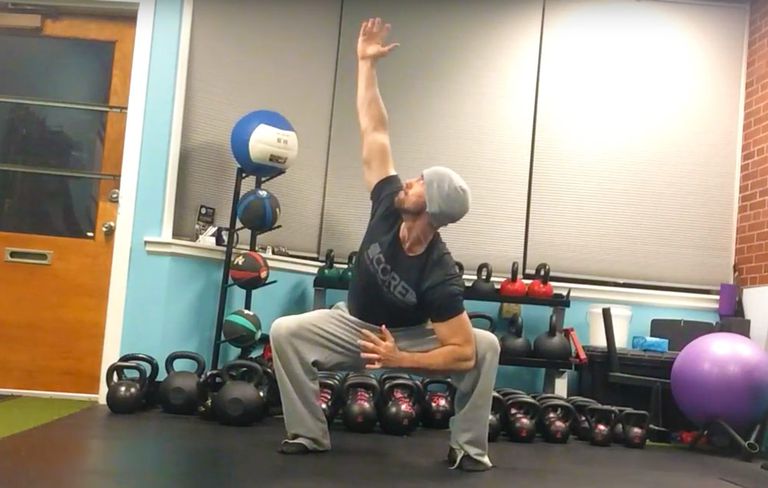
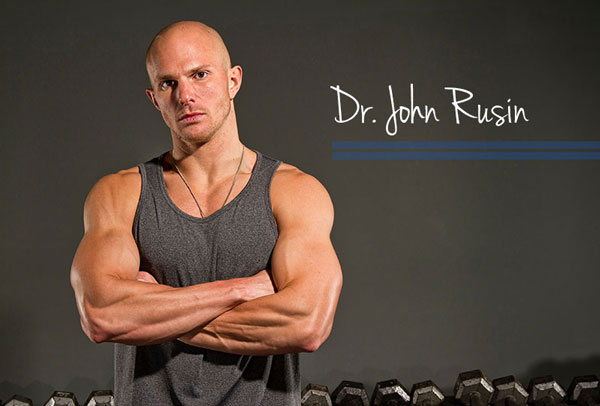

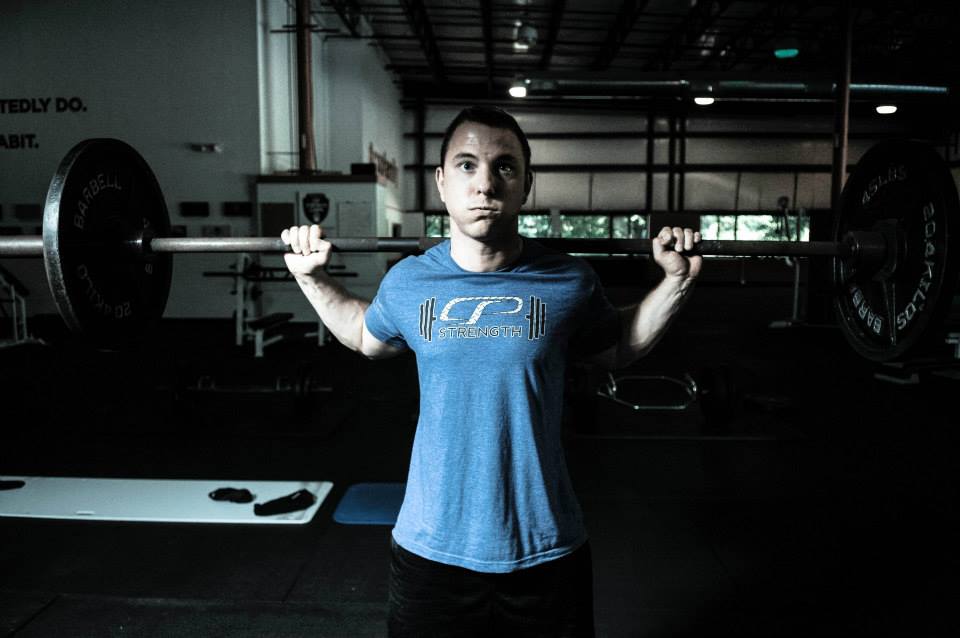


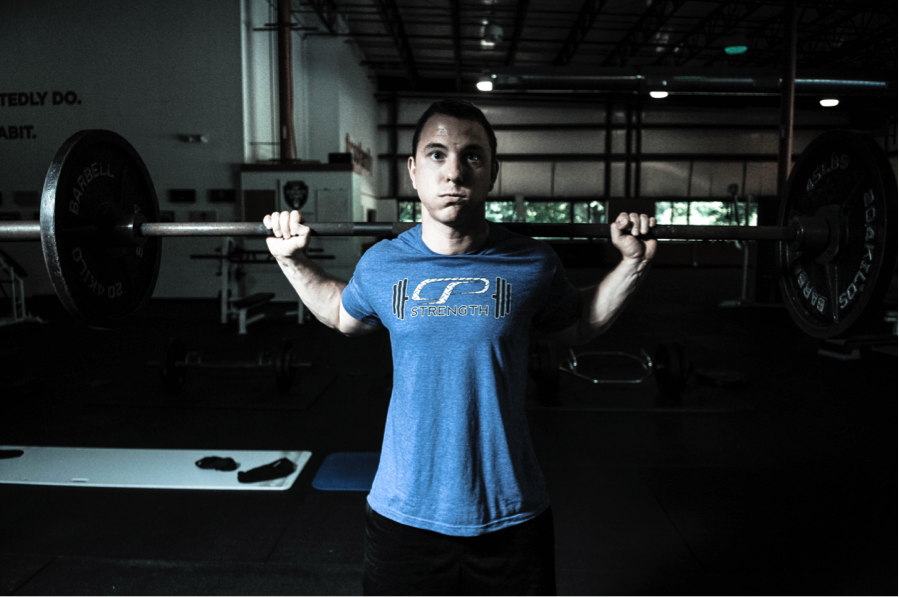

 George began his time at Cressey Sports Performance as an intern in the fall of 2013, and returned in 2014 as CSP’s Group Fitness Coordinator, overseeing all Strength Camp coaching and programming responsibilities.
George began his time at Cressey Sports Performance as an intern in the fall of 2013, and returned in 2014 as CSP’s Group Fitness Coordinator, overseeing all Strength Camp coaching and programming responsibilities.